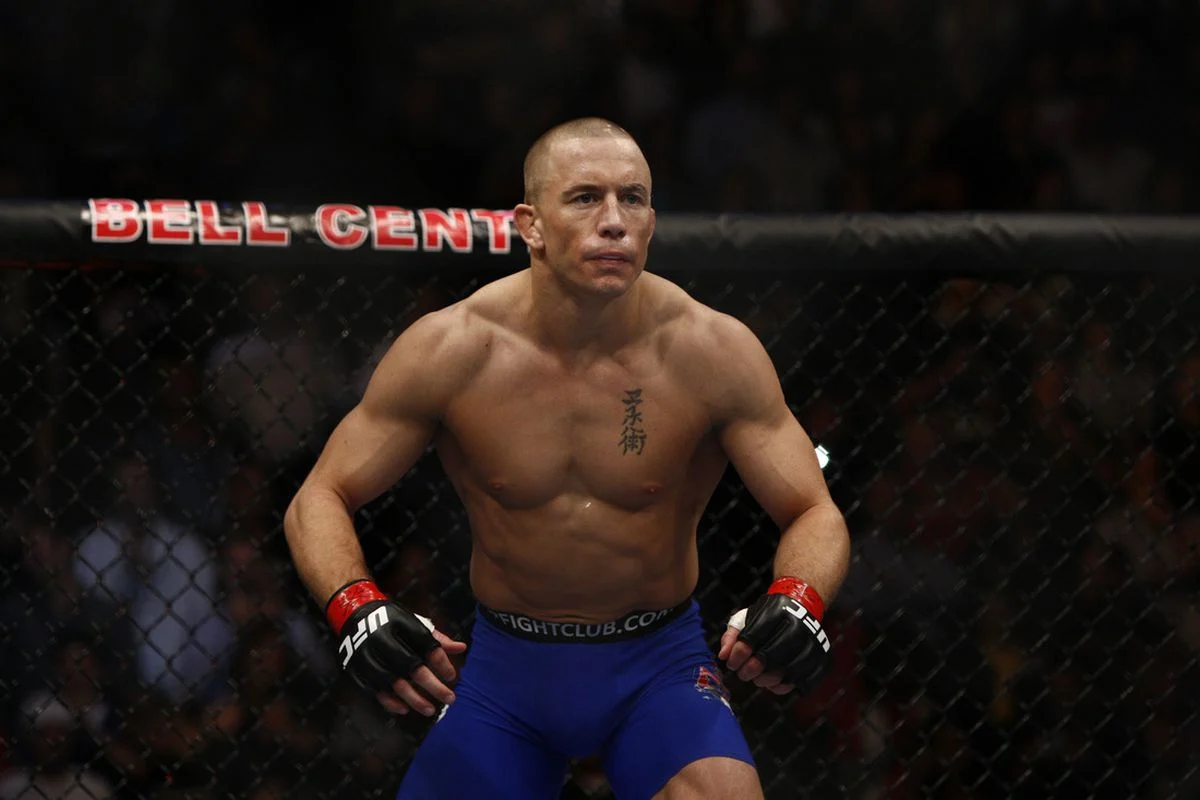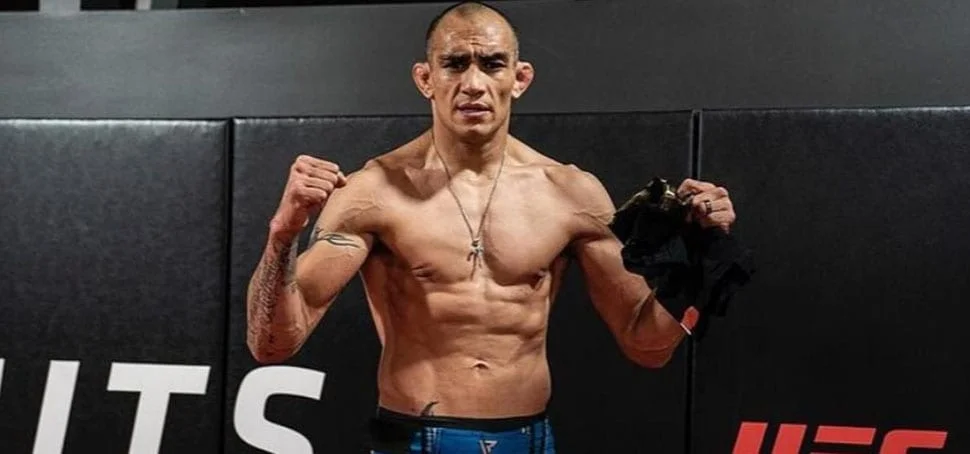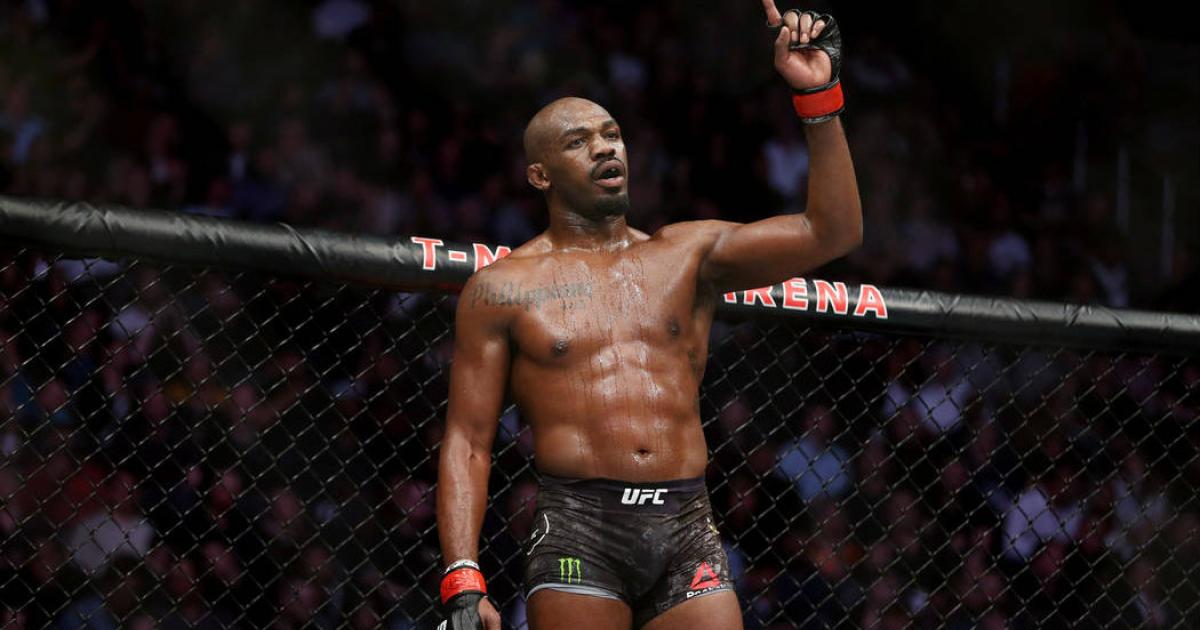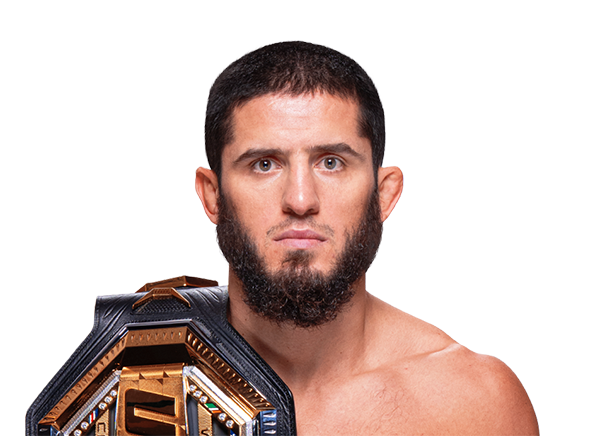Introduction :
Georges St-Pierre ( born May 19, 1981), often referred to by his initials GSP, is a Canadian actor and former professional mixed martial artist. He is celebrated as one of the greatest fighters in the history of mixed martial arts (MMA). St-Pierre achieved championship status in two weight classes in the Ultimate Fighting Championship (UFC), securing titles in both the welterweight and middleweight divisions.
St-Pierre claimed the UFC Welterweight Championship three times, earning the title twice and the interim title once between November 2006 and April 2008. He was consistently recognized as the world’s top welterweight by Sherdog and other publications for several years. From 2008 to 2010, Rogers Sportsnet honored him as the Canadian Athlete of the Year. According to Fight Matrix, he is regarded as the greatest welterweight and the most accomplished fighter in MMA history.
He vacated the Welterweight Championship in December 2013, having achieved the most wins in title fights and maintaining the second-longest combined title reign in UFC history at 2,204 days, with nine consecutive defenses. St-Pierre made a comeback in November 2017 at UFC 217, where he defeated Michael Bisping by submission to capture the Middleweight title. This victory made him the fourth fighter in UFC history to win titles in multiple weight classes. He soon relinquished the Middleweight title due to health concerns and subsequently announced his official retirement from MMA.
Early Life and Introduction to Martial Arts :
Born on May 19, 1981, in Saint-Isidore, Quebec, Georges St-Pierre’s early life was far from easy. He faced relentless bullying at school, which sparked his interest in martial arts as a means of self-defense. At the age of seven, he began training in Kyokushin karate under his father’s guidance and later trained with a karate master. This early introduction to martial arts not only equipped him with physical skills but also instilled in him the discipline and respect that would define his career.
St-Pierre didn’t stop at karate. As he grew older, he expanded his training to include Brazilian Jiu-Jitsu, wrestling, and boxing. This diverse training regime laid the foundation for his versatile fighting style, which would later dominate the world of MMA.
Ascending in the MMA World :
Georges St-Pierre stepped into the professional MMA arena in January 2002, securing a victory in his debut fight with a first-round TKO. This impressive start quickly garnered the attention of the Ultimate Fighting Championship (UFC), the leading organization in the sport. St-Pierre entered the UFC scene in 2004, facing Karo Parisyan, and won the match by unanimous decision, displaying his comprehensive fighting abilities.
His first significant challenge arose later that year when he contended for the UFC Welterweight Championship against Matt Hughes at UFC 50. Despite a courageous performance, St-Pierre was defeated by submission in the first round. This loss became a crucial moment in his career, driving him to intensify his training and enhance his grappling and submission techniques.
Achieving Championship Glory :
St-Pierre’s persistence paid off. In 2006, he earned another shot at the welterweight title, this time against Hughes, who was considered one of the greatest welterweights of all time. At UFC 65, St-Pierre dominated Hughes, winning by TKO in the second round and capturing the UFC Welterweight Championship. This victory marked the beginning of a new era in the welterweight division.
However, his reign was short-lived. In one of the biggest upsets in UFC history, St-Pierre lost the title to Matt Serra in 2007 at UFC 69. This defeat was a significant blow, but true to his character, St-Pierre used it as fuel to come back stronger. He trained rigorously, focusing on his weaknesses, and avenged his loss to Serra at UFC 83, reclaiming the welterweight title.
Dominance and Legacy :
After reclaiming the championship, Georges St-Pierre embarked on one of the most remarkable runs in MMA history. He successfully defended his title nine times, triumphing over top contenders such as Jon Fitch, BJ Penn, Thiago Alves, Dan Hardy, and Nick Diaz. His bouts were a testament to his strategic brilliance, technical excellence, and physical prowess. Whether in striking, wrestling, or jiu-jitsu, St-Pierre excelled in every aspect of the sport.
What distinguished St-Pierre was not only his physical abilities but also his mental resilience and meticulous preparation. He was renowned for thoroughly studying his opponents, understanding their strengths and weaknesses, and devising game plans to neutralize their threats. This methodical approach established him as one of the most well-rounded and intelligent fighters in the history of MMA.
Retirement and Return :
In 2013, after defending his title against Johny Hendricks in a controversial split decision, St-Pierre announced that he would be taking an indefinite hiatus from MMA. This announcement shocked the MMA world, but St-Pierre cited personal reasons and the need for a mental break as his reasons for stepping away from the sport.
During his time away from the octagon, St-Pierre remained active in the martial arts community, continued his training, and pursued acting roles in Hollywood. However, the competitive fire within him never fully extinguished. In 2017, he made a highly anticipated return to the UFC, moving up a weight class to challenge Michael Bisping for the Middleweight Championship. Despite the four-year layoff, St-Pierre showcased his enduring talent by defeating Bisping via submission in the third round, becoming a two-division champion.
Beyond the Octagon: Impact and Philanthropy :
Georges St-Pierre’s influence extends beyond his achievements inside the octagon. He has been a global ambassador for MMA, helping to elevate the sport’s profile worldwide. Known for his professionalism, humility, and sportsmanship, St-Pierre has been a role model for aspiring fighters and fans alike.
St-Pierre has also been active in philanthropy. He has supported various charitable organizations and causes, including anti-bullying campaigns, reflecting his own experiences as a child. His work with youth and community organizations aims to inspire and empower the next generation through martial arts.
Training Philosophy and Approach :
St-Pierre’s training philosophy is rooted in the principles of martial arts: discipline, respect, and continuous self-improvement. He has always emphasized the importance of being a well-rounded fighter. This philosophy is evident in his training regime, which includes a mix of striking, grappling, conditioning, and mental preparation.
One of the key aspects of St-Pierre’s success has been his ability to adapt and evolve. He has consistently sought out the best coaches and training partners, even traveling to different countries to improve his skills. This relentless pursuit of excellence has kept him ahead of his competition and contributed to his longevity in the sport.
The Role of Mentors and Coaches :
Throughout his career, Georges St-Pierre has been fortunate to work with some of the best coaches and mentors in the world of martial arts. His long-time coach, Firas Zahabi of Tristar Gym in Montreal, has been instrumental in shaping St-Pierre’s career. Zahabi’s emphasis on strategy, technical proficiency, and fight IQ has complemented St-Pierre’s natural athleticism and work ethic.
Additionally, St-Pierre has trained with renowned coaches in various disciplines, including Freddie Roach for boxing, John Danaher for Brazilian Jiu-Jitsu, and Olympic wrestlers to improve his takedowns. This diverse training background has made him a versatile and unpredictable fighter.
The Evolution of a Champion :
Georges St-Pierre’s career is a study in evolution. From his early days as a karate practitioner to becoming one of the most complete fighters in MMA history, his journey is marked by continuous growth and adaptation. He has faced setbacks, including significant injuries and losses, but each time, he has come back stronger and more determined.
His ability to learn from his experiences, both victories and defeats, and his unwavering commitment to self-improvement have been key factors in his success. St-Pierre’s career exemplifies the martial arts ethos of perseverance and the pursuit of excellence.
The Science of Georges St-Pierre’s Fighting Style :
St-Pierre’s fighting style is a blend of various martial arts, making him a true mixed martial artist. His background in karate gives him a unique striking base, characterized by explosive movements and precision. He uses his karate stance to manage distance effectively, darting in and out of range to land strikes while avoiding damage.
In addition to his striking, St-Pierre is known for his wrestling. Despite not having a traditional wrestling background, he has outwrestled some of the best wrestlers in MMA. His ability to shoot for takedowns and control opponents on the ground is a testament to his adaptability and rigorous training.
On the ground, St-Pierre’s Brazilian Jiu-Jitsu skills come into play. He is adept at both submissions and ground-and-pound, making him a threat in all positions. His top control is particularly noteworthy, as he can maintain dominance while delivering punishing strikes or setting up submissions.
Legacy and Influence :
Georges St-Pierre’s legacy in MMA is multifaceted. As a fighter, he is one of the greatest of all time, with a record that includes victories over many of the best fighters of his era. His dominance in the welterweight division and his successful return to win the middleweight title have solidified his place in the pantheon of MMA legends.
Beyond his accomplishments, St-Pierre has influenced the sport in numerous ways. He has set new standards for preparation and professionalism, inspiring fighters to adopt a more scientific and disciplined approach to training. His emphasis on being a complete martial artist has encouraged a generation of fighters to develop well-rounded skills.
St-Pierre’s impact is also felt outside the octagon. He has used his platform to advocate for fighter rights, health and safety, and the growth of MMA globally. His involvement in charitable activities and his efforts to promote martial arts as a positive force in society further enhance his legacy.
Life After Fighting :
Since retiring from active competition, Georges St-Pierre has continued to stay involved in the sport. He has taken on roles as an analyst, commentator, and mentor, sharing his knowledge and insights with fans and fighters alike. His transition to acting has also been successful, with appearances in major films and television shows.
St-Pierre remains a beloved figure in the MMA community. His humility, dedication, and integrity have endeared him to fans around the world. Whether through his commentary, charity work, or appearances in popular media, he continues to represent the values of martial arts and inspire others.
Conclusion :
Georges St-Pierre’s journey from a bullied kid in Quebec to a global MMA superstar is a story of perseverance, dedication, and excellence. His career is a blueprint for aspiring fighters, demonstrating that success in MMA requires a combination of physical skill, mental toughness, and relentless hard work.
Beyond his impressive achievements in the octagon, St-Pierre’s influence is far-reaching. He has elevated the standards of preparation and professionalism within the sport, encouraging fighters to develop comprehensive skill sets. His advocacy for fighter rights and involvement in charitable activities further exemplify his commitment to making a positive impact.
Today, as a retired champion, analyst, mentor, and actor, St-Pierre continues to inspire and contribute to the MMA community and beyond. His legacy is not just defined by his victories but by his character, humility, and the enduring principles of martial arts that he embodies.




